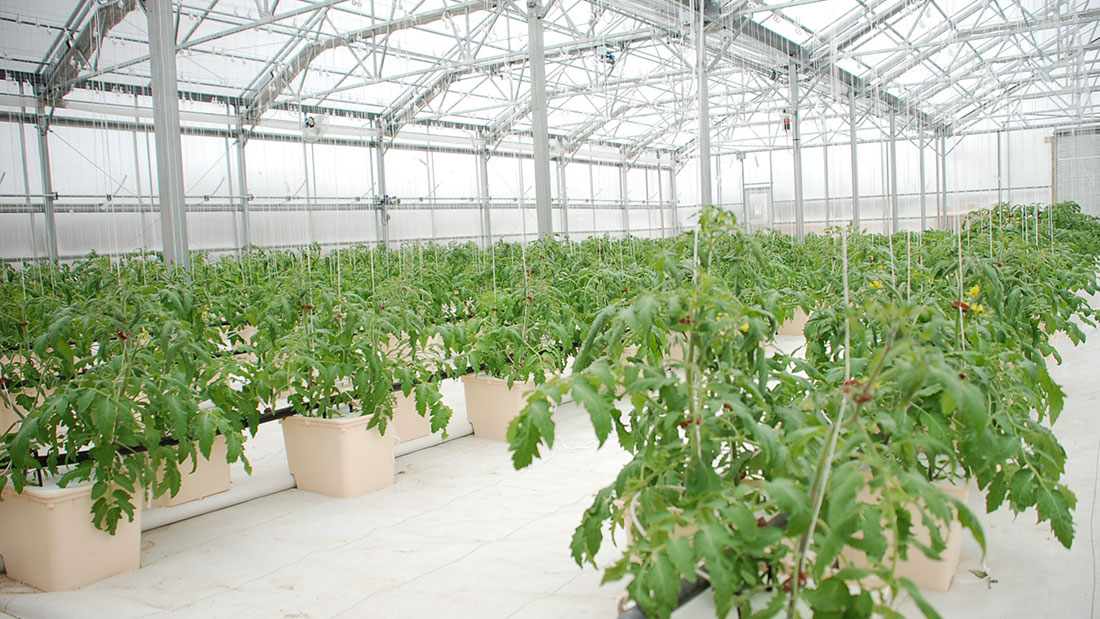The food and Agriculture Organization of the United Nations and the founder of economic cooperation and development jointly released a new issue of Agricultural Outlook. The report points out that in less than 10 years before the deadline for achieving the UN 2030 sustainable development goals, governments need to redouble their efforts to achieve global food security and environmental goals.
The goal of sustainable development is expected to make progress in the next decade, but the premise is that the world can recover quickly from the new museum, and the weather conditions and policy environment can remain stable. However, in the past year, COVID-19 has caused great destruction and the world is getting far away from achieving the goal of sustainable development. Therefore, it continues to pay attention to the determinants of the impact of the agro food system.
The oecd-fao Agricultural Outlook 2021-2030 assesses the prospects of 40 major agricultural and fishery products at the regional, national and global levels over the next decade, and forms consensus for policy makers《 The report analyzes the driving factors affecting the performance of agricultural grain market, and supports forward-looking policy analysis and planning《 Based on the existing policies, the baseline forecast of outlook puts forward the expected trend and highlights the areas that need further efforts to achieve the sustainable development goals.
With the continuous growth of global population, ensuring food security and dietary health is an arduous task. In the next decade, the growth rate of global product demand is expected to be lower than that of the previous decade, but it will still grow at an annual rate of 1.2%. It is expected that the future demand will be affected by various factors, such as the change of population trend, the gradual replacement of red meat by poultry in rich countries and many middle-income countries, and the increasing per capita consumption of dairy products in South Asia.
Outlook focuses on medium-term trends, while short-term prices of agricultural products may fluctuate due to various factors. For example, the trend of energy market may affect the price of agricultural products as energy raw materials. The increasing share of some countries in the grain market will also lead to large price fluctuations, which will also cause the discrepancy between the predicted price and the actual price.

Source: China Agricultural Information Network
Post time: Jul-15-2021
